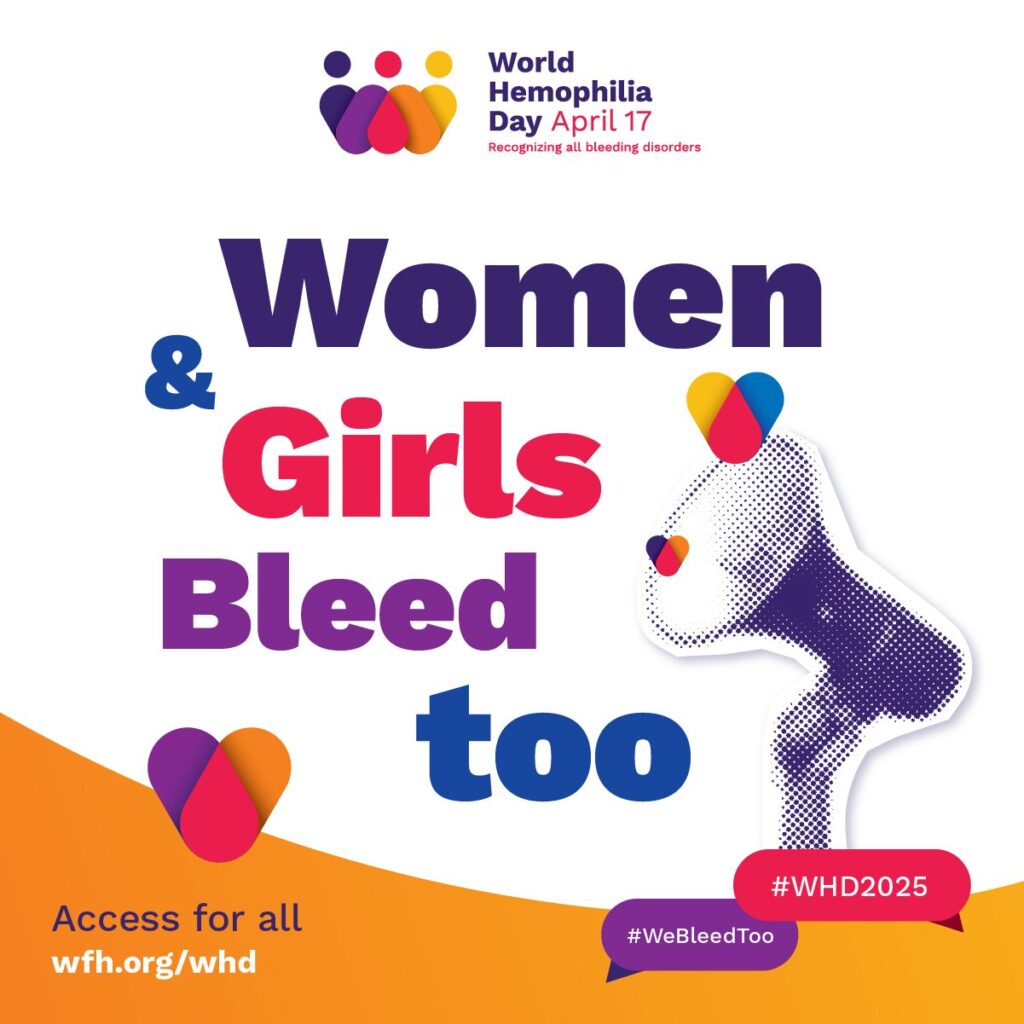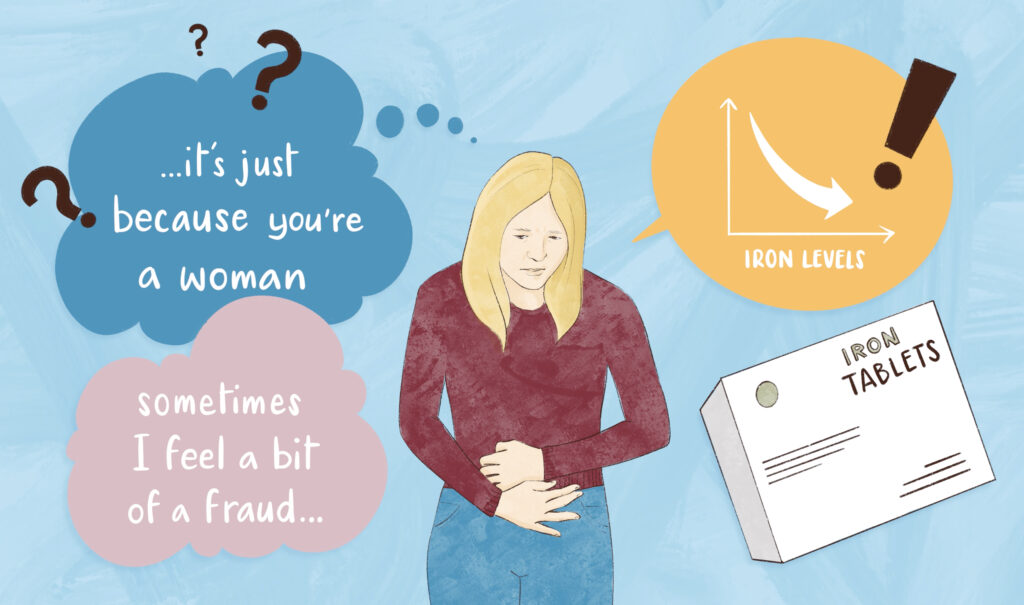Changing the language of haemophilia
The Scientific and Standardization Committee (SSC) of the International Society on Thrombosis and Haemostasis has proposed a change to the labels used to describe women with haemophilia. This will mean – eventually – that health professionals and researchers will cease to call them ‘carriers’ but instead recognise their experience as people with a bleeding disorder. Or some of them, anyway.
The SSC recommendation
The SSC has been developing and consulting on its proposals since 2017. It recommends two categories to describe women and girls diagnosed as haemophilia carriers, defined by their factor level. Among those with levels <40 IU/ml, there are three groups labelled in a way that corresponds to the male equivalent: women with mild (>0.05 to <40 IU/ml), moderate (>0.01 – 0.05 IU/ml) or severe haemophilia (<0.01 IU/ml).
The second category is women and girls with a factor level of ≥40 IU/ml. It defines two groups: one with a bleeding phenotype, the other without. The proposed labels for these people are symptomatic and asymptomatic haemophilia carrier. The term ‘haemophilia carrier’ should be reserved for use in discussions regarding genetic counselling, reserving ‘symptomatic carrier’ or ‘haemophilia’ for when the focus is on bleeding concerns.
So near and yet so far
Making the case for change, the SSC summarises the evidence that the label ‘carrier’ ‘has hampered diagnosis, management, and research’ – but its proposed alternative, ‘symptomatic carrier’, is not progress at all.
Either we’re talking about bleeding symptoms, in which case the person’s carrier status is incidental and, for example, unlikely to sway a decision to prescribe tranexamic acid; or we’re talking about genetics, when counselling for a family will coincidentally cover treatment. Symptoms are symptoms: calling a person a carrier has nothing to do with their symptoms but contributes, in the SSC’s words, to ‘marginalisation’ and a ‘poor relationship’ with health professionals.
What is so difficult about describing women who have the haemophilia variant gene as ‘women with haemophilia’? It’s worked quite well for men.
For more on this topic…
See ‘“You’re only a carrier” – women and the language of haemophilia’ in the current issue of The Journal of Haemophilia Practice
References
van Galen, KPM, d’Oiron, R, James, P, et al. A new hemophilia carrier nomenclature to define hemophilia in women and girls: Communication from the SSC of the ISTH. J Thromb Haemost 2021; 19: 1883–1887. doi: 10.1111/jth.15397.
Chaplin S, Khair K. “You’re only a carrier” – women and the language of haemophilia. J Haem Pract 2021; 8(1): 128–132. doi: 10.2478/jhp-2021-0015.


